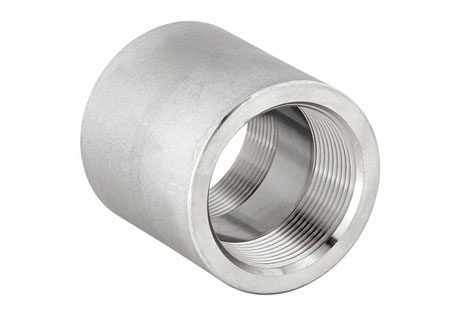Shop No. A1/B, Ground Floor, Mahavir Darshan Building, 26,
Khambatta Lane, Opp. 8th Khetwadi Back Road, Mumbai 400004 India- +91-8802222222
mitesh@miprasteel.com
sales@miprasteel.com



Adapters as pipe fittings are used to connect dissimilar pipes. Pipe adapters are available in various types for different applications. So care must be exercised while ordering to get the right type. They are classified as: Locking Pipe Adapter, Offset Pipe Adapter, Male Pipe Adapter, Female pipe Adapter, Straight Thread adapters, etc. They find their majority of applications in sanitary pipes for plumbing applications. Normally they are made of Steel, Cast iron, polymers, Brass, Aluminum, Bronze, and copper materials.
The various functions that a Pipe Coupling or Coupler can serve are as follows:
The body of a pipe coupling (Coupler) is typically made of either the same or similar materials as that of the pipes it joins. They may be rigid or flexible depending on the amount of movement the pipe is subjected to and may also be permanent or removable.
A pipe coupling can be increased or reduced in internal diameter to join different sized pipes (like T or cross-shaped) to join more than two pipes, or angled to form bends. Pipe couplings, sometimes also include peripheral features like inspection openings, flow meters, or valves.
Pipe Couplings can be categorized into two main groups.:
Permanent pipe couplings create permanent piping joints using soldering or brazing in the case of steel or copper pipes or adhesives in the case of PVC pipes. When correctly installed, these permanent joints offer excellent rigidity and sealing characteristics. Permanent Pipe Couplings are used where no future changes in the piping are foreseen.
Removable pipe couplings use threads to allow them to be screwed onto the pipes to be joined. For example, A basic pipe section slightly larger than the pipes to be joined can be cut with an internal thread to act as a removable pipe coupler. The ends of the pipes are also threaded, and the coupler is simply sealed with hemp or sealing tape and screwed onto both pipes.